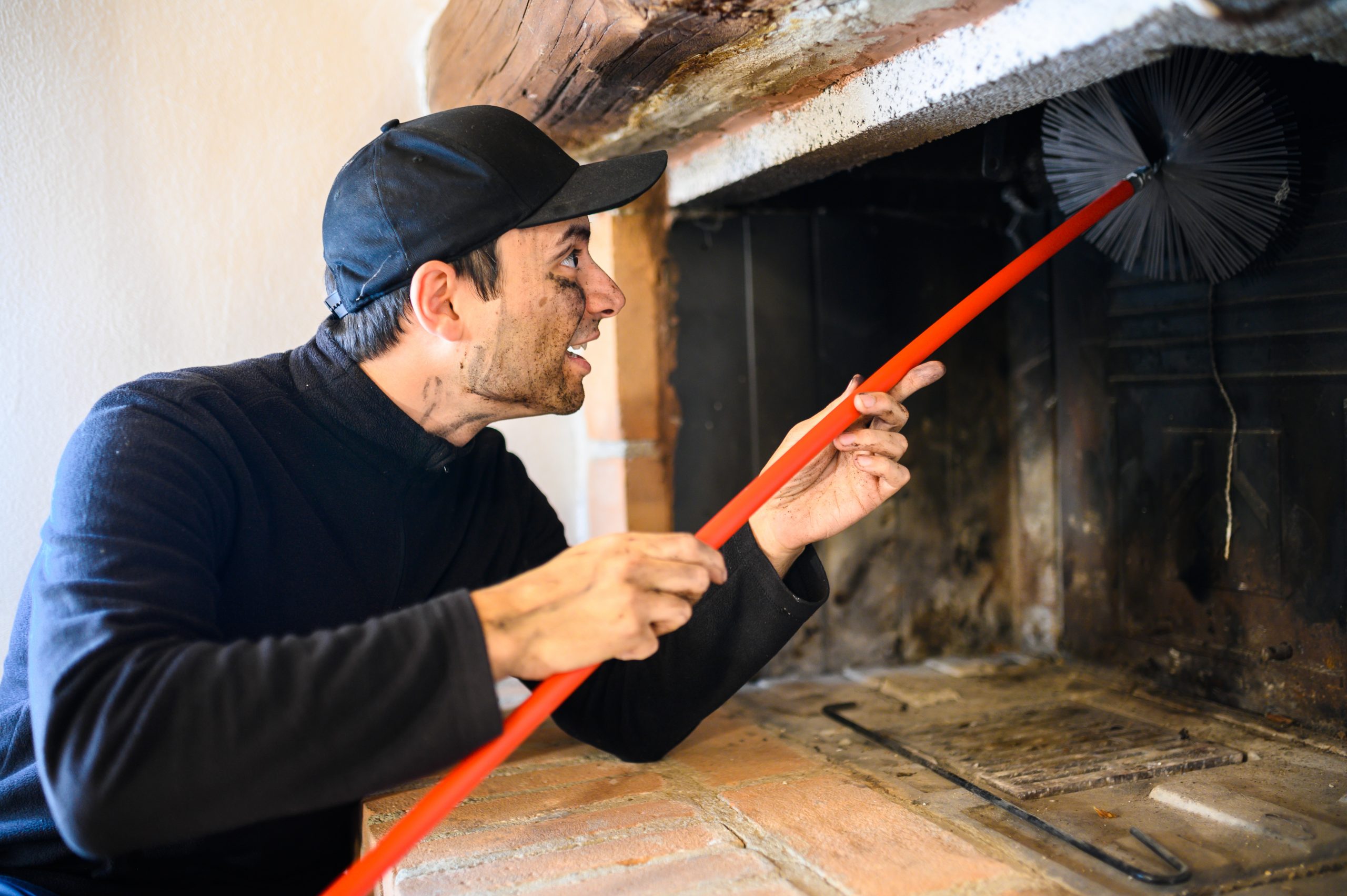A beautiful chimney is a thing of pleasure. Not only does it provide warmth and comfort on a chilly evening, but it’s also a beautiful addition to any home. That’s why homeowners need to take steps to ensure that their chimney is in good condition and working well. Chimney problems can lead to a whole host of expensive, troublesome issues that you’d rather not deal with.
The good news is that many serious chimney problems can be avoided with little maintenance and forethought. Here are five common chimney problems that can be fixed quickly, helping you avoid long-term problems down the road.
Creosote Buildup
When you use your chimney, the smoke from your burning woods contains chemicals. These chemicals slowly build up in your chimney flue over time. It’s a long process, but eventually, the buildup can get so bad that it proves dangerous. That’s because the buildup–called creosote–is flammable. And, as ironic as it might sound, having a fire inside your chimney is not good.
The good news is that creosote is a problem that can be fixed very quickly and easily. All it takes is a thorough cleaning of your chimney, which helps ensure you never have to worry about a creosote buildup again. Having a schedule like this in place for the life of your chimney will bring you peace of mind. A yearly inspection and cleaning is the minimum recommended by the U.S. Fire Administration, FEMA and the Chimney Safety Institute of America.
Chimney Blockage
Another common, but easily manageable problem, is that of a blockage or obstruction. Chimneys can get blocked in all sorts of ways. Birds like to build their nests in or on top of chimneys. Leaves and small twigs can find their way inside the flue. Debris from fires, including soot, can slowly begin to obstruct the airway inside the chimney. Obstruction due to poor construction can also occur, such as an insufficient chimney height. This poor design will cause a weak updraft and make it harder for the smoke to escape.
Whatever the case and cause, a chimney blockage is nothing to take lightly. Any obstruction in the smoke’s pathway will potentially lead to carbon monoxide and other gases being pushed back into the house. This can cause carbon monoxide poisoning and other health concerns.
Again, in most cases, a blockage is a quick fix. All it takes is a quick inspection to find and clear the chimney of the blockage. In the event of a more serious concern, follow-up appointments might be needed.
Crumbling Mortar
The biggest enemy of any chimney is moisture. Once moisture gets into your chimney, it will practically start to crumble right before your eyes. By far, the biggest preventative to moisture is the mortar between your chimney bricks. This is why it’s so important to make sure your mortar is in good condition. If you notice cracking or crumbling, or weak areas in your mortar, it’s time to bring in the professionals.
The good news is that many mortar issues can be solved relatively quickly. Through a process called tuckpointing, old mortar is removed and new mortar is inserted. This is done with minimal stress to the surrounding bricks. Not only does this help keep your mortar in good shape, but it will help prevent serious problems later on, including leaning or disintegrating chimneys.
Chimney Caps
At the very top of your chimney is something called a chimney cap. Its purpose is to prevent rain and debris from entering the chimney through the top. When a proper cap is used it also protects the crown of the chimney, which is the top concrete portion of the chimney. Over time, it is common for cracks or hairlines to show up on the top of the chimney. A proper chimney cap can keep water out of those caps helping maintain the chimney for longer. As the old saying goes, “An ounce of prevention is worth a pound of cure.” All it takes is a quick inspection to find and diagnose problems like these.
Rotting Wood
While we normally think of chimneys as being made of brick, a lot of modern construction uses other materials instead. This is a testament to how effective a good lining and flue can be in keeping the heat from escaping. Unfortunately, it’s also a gateway to many other problems.
Basically, any element or pest that can eat through wood can also eat through a wood chimney. This includes termites, any other kind of infestation and, of course, moisture. When wood is in contact with moisture for too long, it’ll begin to rot. Anyone who’s ever had a rotting chimney will tell you that it’s not fun. Thankfully, finding and replacing rotten wood is another job that can be done in a short amount of time.
If you are worried about your chimney, the most important thing to do is to schedule an inspection and start regular maintenance. With this, you can be sure your chimney will keep your home warm, beautiful, and feeling homey on those chilly nights for years to come. Contact Ray Arnold Masonry today to schedule your inspection!

